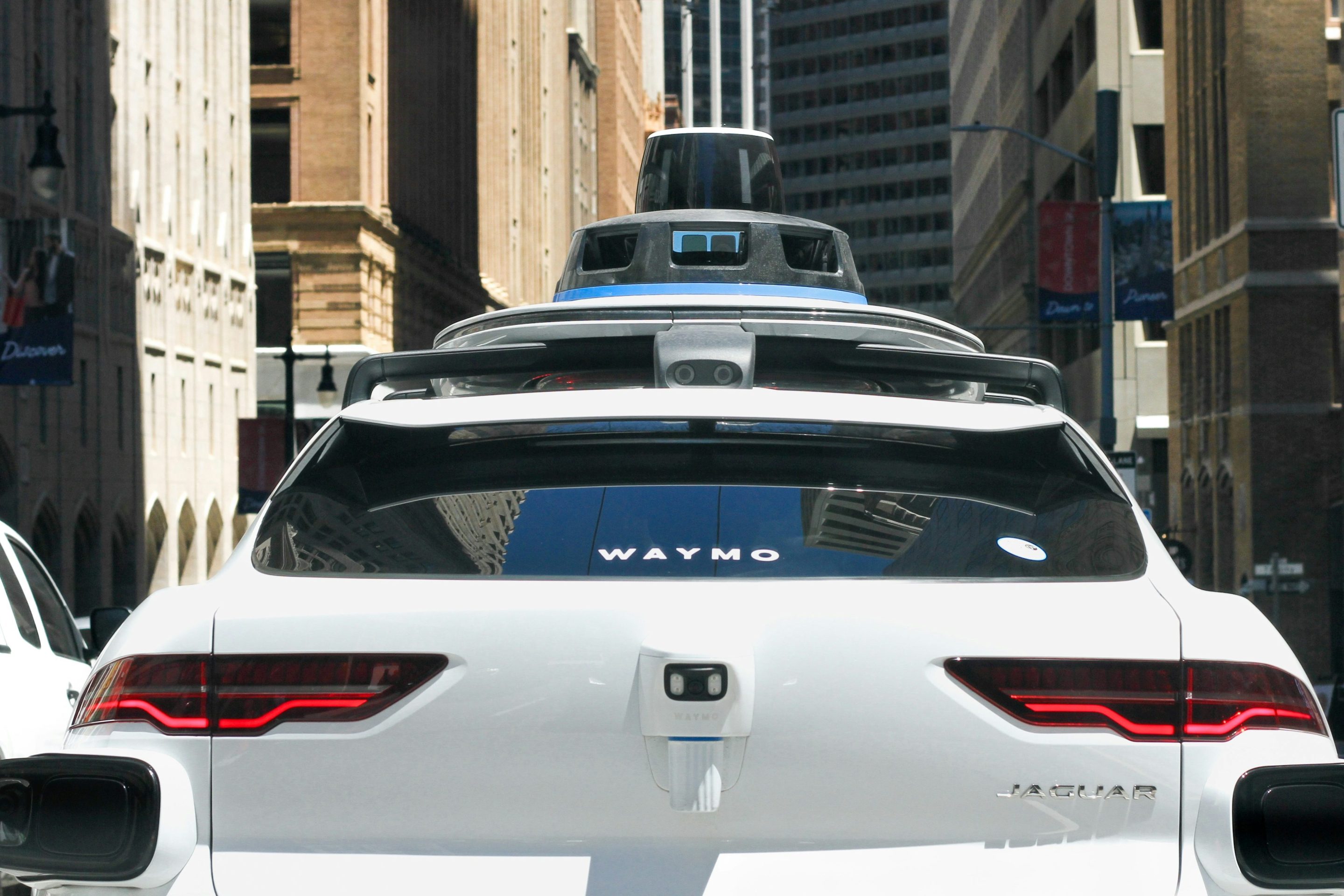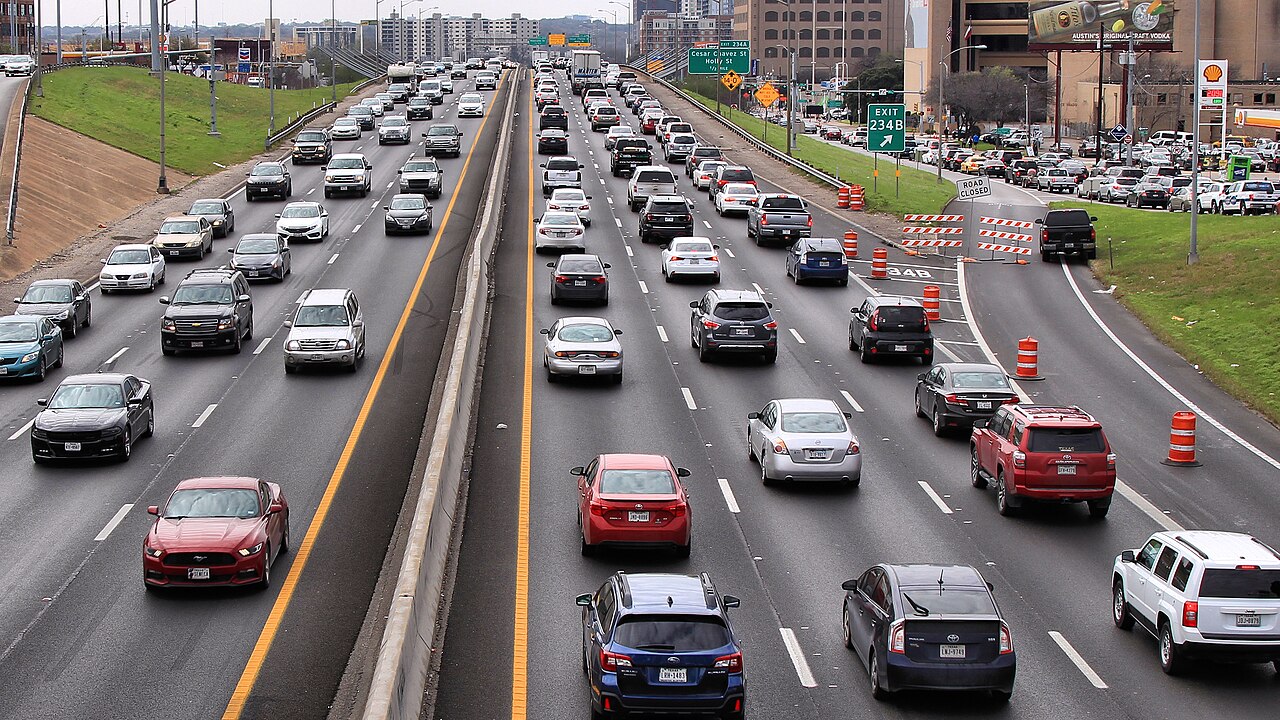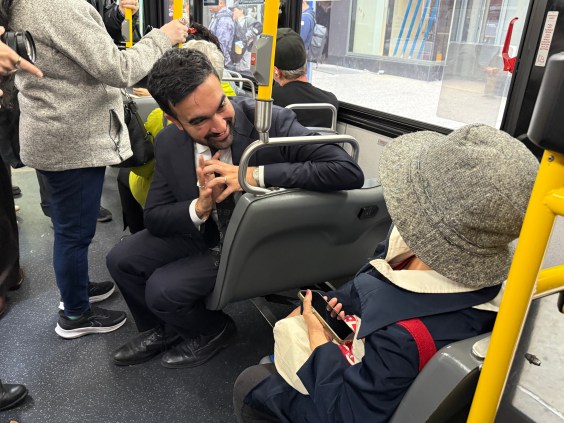Dallas is in the process of rolling out a "bike-share" system. According to the Dallas Morning News, the city installed the first two stations in a local park this week. The project got a boost from a $125,000 grant, and the plan is to expand the system piece by piece.

But due to its pricing scheme and location, this type of bike share shouldn't be confused with large-scale systems in DC and New York, or even in Cincinnati. Patrick Kennedy writes in his column for D Magazine that Dallas's new system is more like bike rental.
The fundamental [requirements] of bike share to be a success: 1) It’s in places of need -- where people live and where they work 2) It gets people out of cars -- meaning a healthier, energy and spatial efficient way to travel and 3) it is membership based. Making money is rarely a concern because the positive externalities are worth it. It is seen as an investment in transportation (for a decimal point for what the Trinity Toll Road is to cost) and increasingly it is seen as a necessary investment to attract college grads (at which Dallas is struggling).
The Dallas bike share system doesn’t do any of that. It’s for visitors to Fair Park to ride around a bit. And for that, it’s a great asset, but as Paul Sims pointed out on Twitter that is bike rental. Not bike share. It is not transportation, but recreation. So we should call it that. The ambiguity could hurt the effort to scale the system up citywide.
What hurts the potential expansion of the system more is its pricing structure, which is rental-based rather than sharing-based. The Dallas system prices the first half hour the most, at $5 for 30 minutes. Then $2.50 each additional 30, punishing ridership while encouraging longer usage of the bike.
Successful bike share systems are membership-based. A typical member might sign-up for the service and pay an annual fee of say $79/year. Then, when they take out a bike, the first 30 minutes are typically free. This encourages people to sign-up and use the bikes (good thing), but then the rental pricing begins to kick in after that 30 minutes (because keeping the bikes out too long and unavailable for others to use is a bad thing to be discouraged through pricing).When I first heard of this $125,000 bike share system, I tried to reach out to those organizing it to suggest they put the money into the pool for a larger bike share system that would serve the entire city. There was more interest in doing something than doing it well. Unfortunately, that seems to be Dallas’ modus operandi.
Cleveland is another city that went this route. A few private individuals recently launched a system with a few stations in a single neighborhood using Zagster, a company that sets up bike programs for corporate and college campuses. Nonprofit groups have since sought to expand the Cleveland system to two additional neighborhoods.
Meanwhile the city of Cleveland recently completed a feasibility study that concluded a substantial system would work there. Hopefully the presence of a small, private system won't muddle plans for a larger municipal bike-share program.
Elsewhere on the Network today: ATL Urbanist walks the length of Atlanta's most popular bus route to evaluate conditions for pedestrians. Streets.mn says cities shouldn't pursue transportation projects they can't pay for. And The Political Environment reports that Wisconsin Governor Scott Walker is continuing his anti-urban assaults on Milwaukee.





